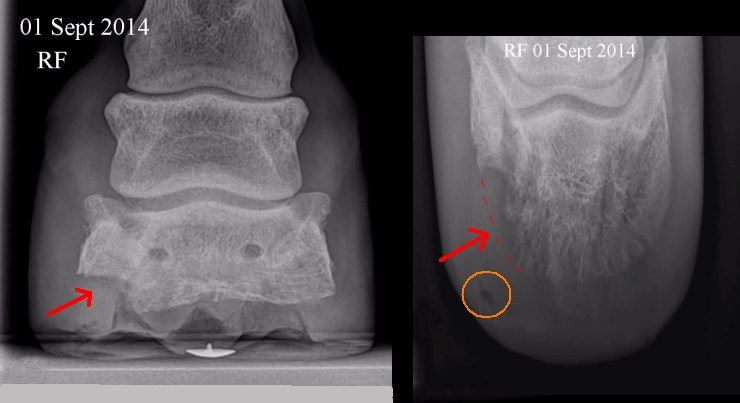However there is a solution if you find that your horse benefits from daily pain relief.
Bute dosage for laminitis.
1 to 2 g per 1 000 lbs of body weight 5 to 10 ml 1 000 lbs daily.
Guidelines to successful therapy 1.
Injection should be given slowly and with care.
Recomended dosage of bute.
These are the results of seeing nearly 250 acute and chronic cases over several years.
Generally horses should not be treated with bute for longer than 5 7 days.
Therapeutic efficacy may last for more than 24 hours due probably to the irreversible binding of the drug to cyclooxygenase.
Phenylbutazone is prescribed for lameness musculoskeletal pain from soft tissue injury muscle soreness bone and joint problems and laminitis.
Some adverse side effects include gastro intestinal ulcers kidney damage oral lesions and internal haemorrhage.
Bute works well for horses for short term pain relief.
Such as in laminitis or chronic arthritic problems.
Some of phenylbutazone s actions may be dose dependent and it should be used under the guidance of appropriate veterinary evaluation and therapy so as not to mask the severity of the problem.
Phenylbutazone and other painkillers are part of most laminitis treatment regimens but floyd notes that they are used for their anti inflammatory and analgesic effects they are simply an.
Sucralfate is often prescribed in conjunction with bute as the sucralfate works to protect the gastrointestinal lining.
But it can be toxic if used in too high of a dose.
Side effects of phenylbutazone.
Phenylbutazone dosage and administration.
Day 1 8 8mg kg per day days 2 5 4 4mg kg per day.
Many times i have been the last resort for most of the horses.
Limit intravenous administration to a maximum of 5 successive days which may be followed by oral phenylbutazone dosage forms.
Phenylbutazone is almost completely metabolised in the horse.
The official recommended dose of phenylbutazone is two to four grams per day for a 1 000 pound horse by either the injectable or oral route.
My general laminitis cases without penetration or sloughing usually only need bute for between 2 4 days on average and 10 12 days of bute for the more severe cases.
These suggestions relate primarily to endocrinopathic laminitis.
Call your vet and farrier trimmer if this is the first time the horse has had laminitis the vet should be called as an emergency.

